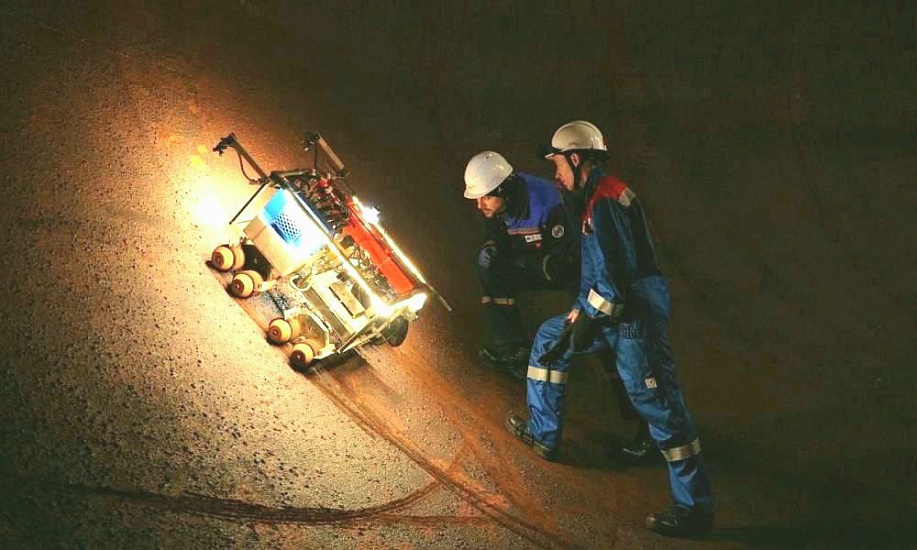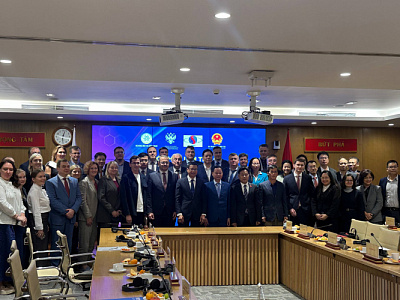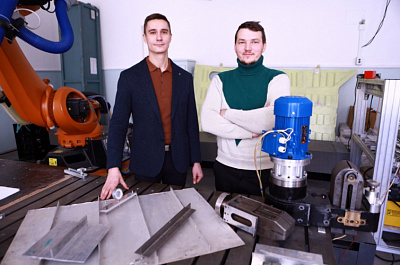INRTU's Magnetic Diagnostic Robot Being Tested at Bratsk HPP
A magnetic diagnostic robot created by INRTU has begun pilot field trials at the Bratsk HPP, which is part of the En+ Group. The robot is designed to autonomously inspect hard-to-reach sections of water pipelines at distances of up to 150 meters, measuring wall thickness, detecting damage, and evaluating weld integrity. This technology will provide hydroelectric power engineers with comprehensive data on the structural condition, fully meeting Rostechnadzor regulations, while eliminating any health risks for the personnel.
The initial concept for this robotic system was first proposed in 2019. The project's scientific supervisor was Igor Maizel, an associate professor fr om the Department of Technology and Equipment of Machine-Building Production. The INRTU team developed several design options, including a walking robot and a tracked prototype.
With an 11-million-ruble investment fr om En+'s Energy Laboratory accelerator in 2022, the project entered a new stage of the dedicated R&D. The robot's first real-world test came in the summer of 2023 at Bratsk HPP, wh ere it became clear that there was a need to increase the magnetic attraction force.

"The device is a wheeled robotic cart built on a rigid frame, integrating powerful neodymium magnets, cameras, ultrasonic thickness gauges, and weld inspection sensors. A key improvement has been the boost in its magnetic adhesion force from 220 kg to 600 kg. Furthermore, the robot's load bearing capacity has been upgraded to handle greater demands.
We are now conducting tests to identify any weak points and enhance the system's overall reliability. One issue with the previous version was the buildup of corrosive deposits on the wheels, which increased the gap between the magnets and the conduit surface, reducing adhesion. We had developed an engineering solution for effective wheel cleaning, which now guarantees the required magnetic force.
Unlike foreign counterparts, the INRTU robot is fully autonomous and operates without a wired connection to the operator," explained Igor Maizel
The robot's primary mission is to assess the technical condition of water conduits. Specialists will use the data gathered through this innovative method to prevent accidents at hazardous facilities like HPPs.
"The traditional inspection method relies on rope access technicians, who can only access the bottom portion of the pipe," added Igor Maizel. "The data obtained is insufficient for a comprehensive assessment of the entire conduit's condition and for ensuring the power plant's safe operation. Furthermore, this method carries inherent occupational safety risks. Our device can inspect water conduits during maintenance shutdowns, fully in accordance with the norms and requirements of Rostechnadzor."En+ experts are overseeing the tests to decide on the robot's rollout across other HPPs, including Ust-Ilimskaya and Krasnoyarskaya.
Photo credits: En+




